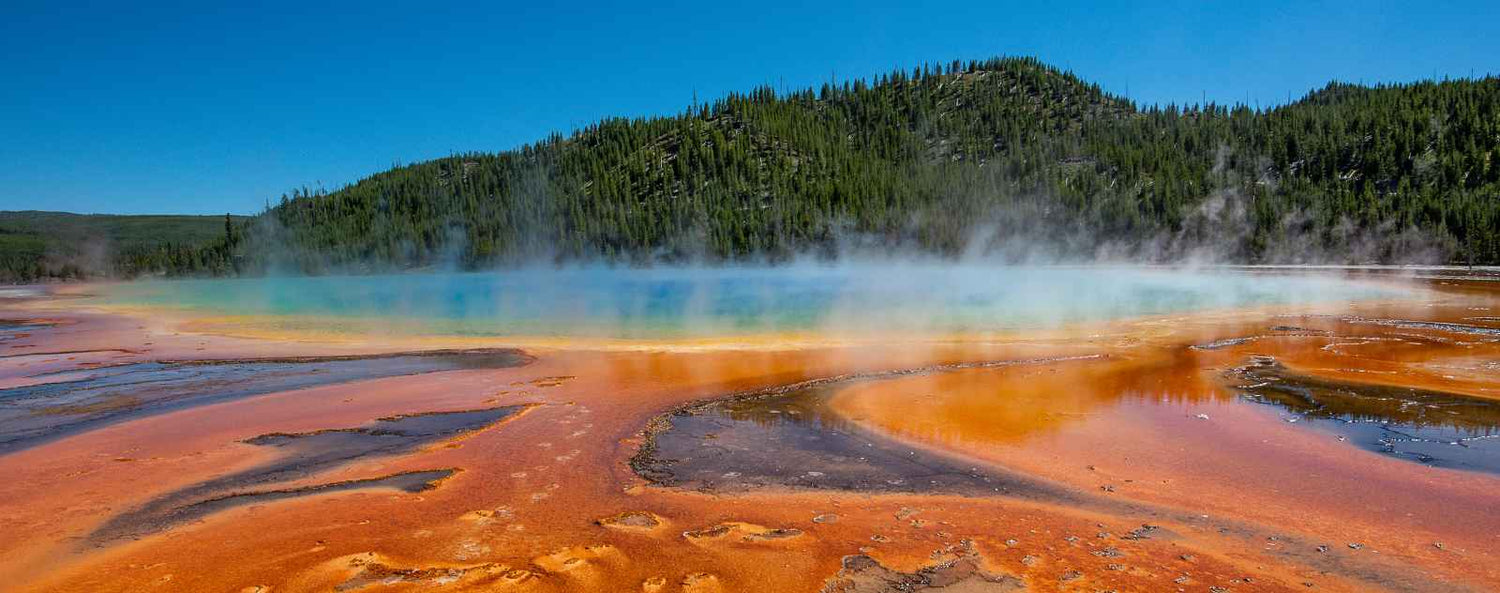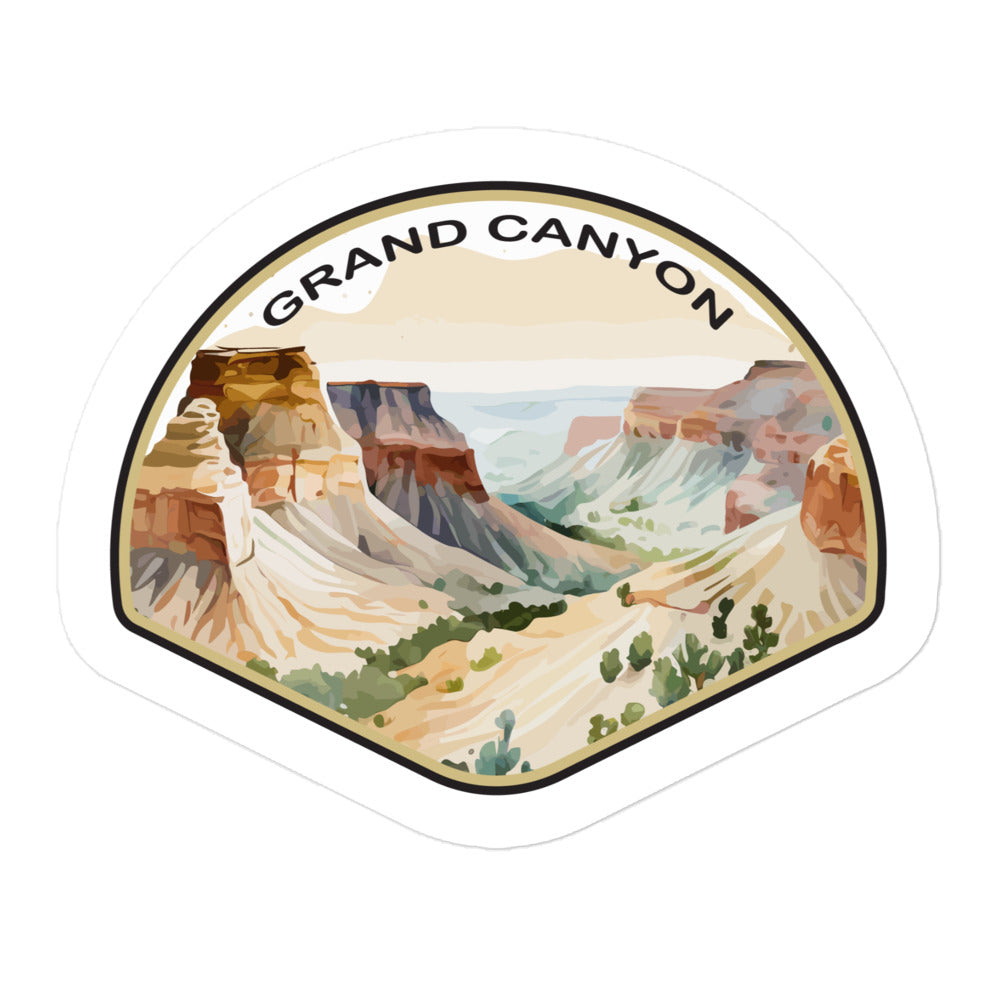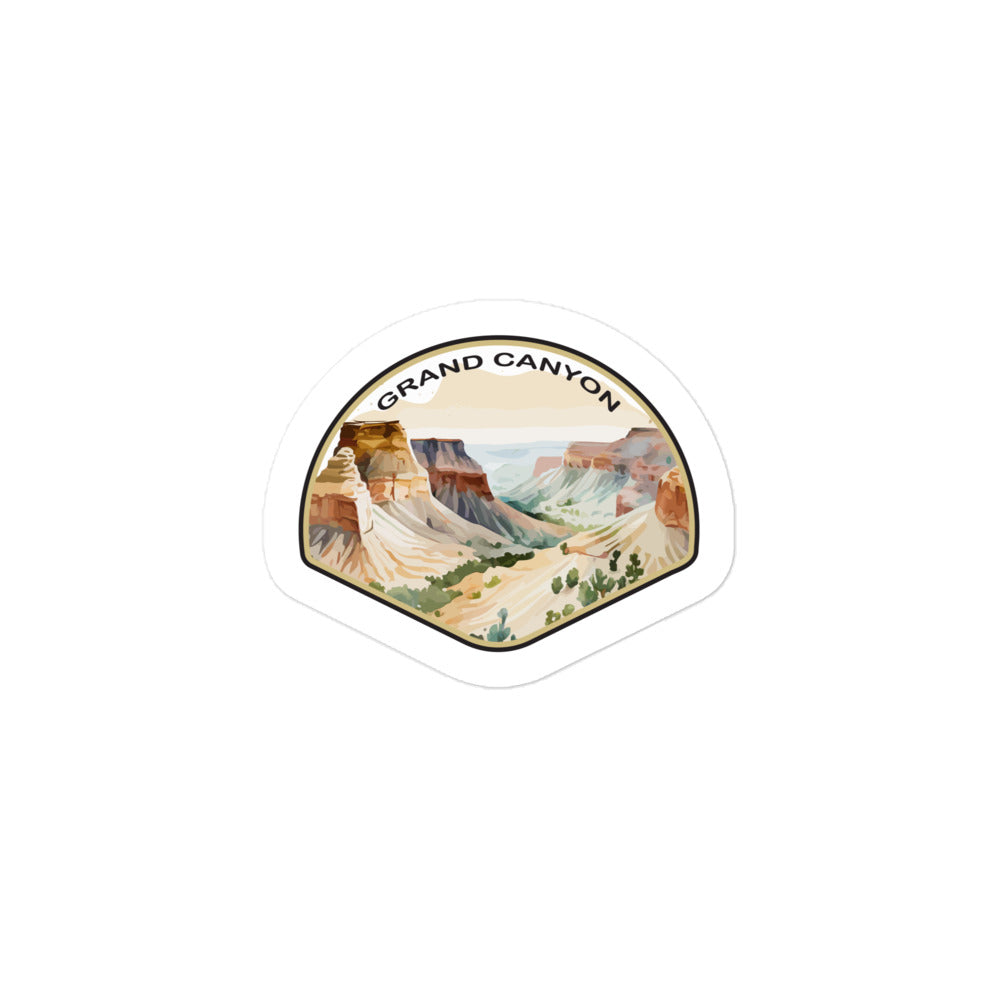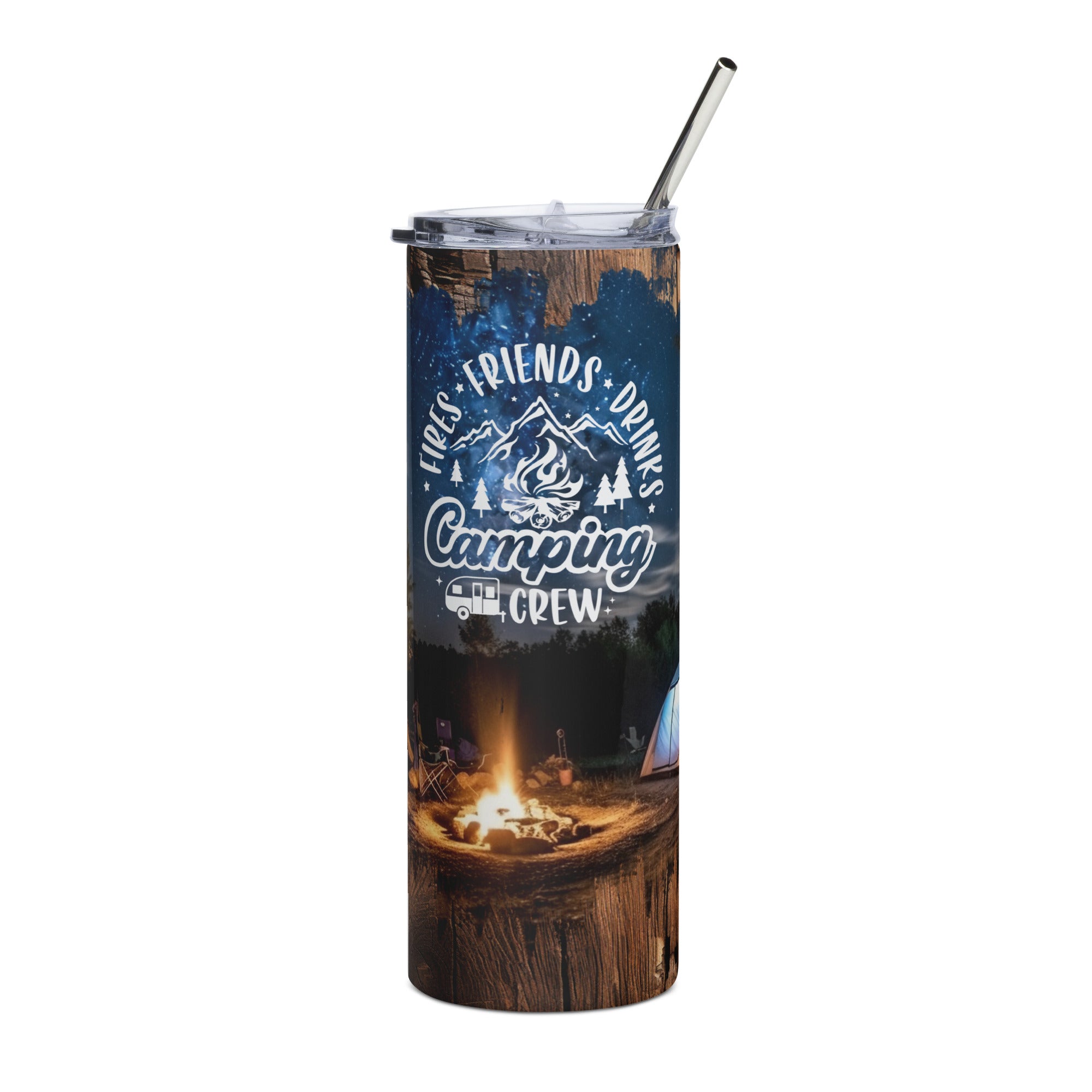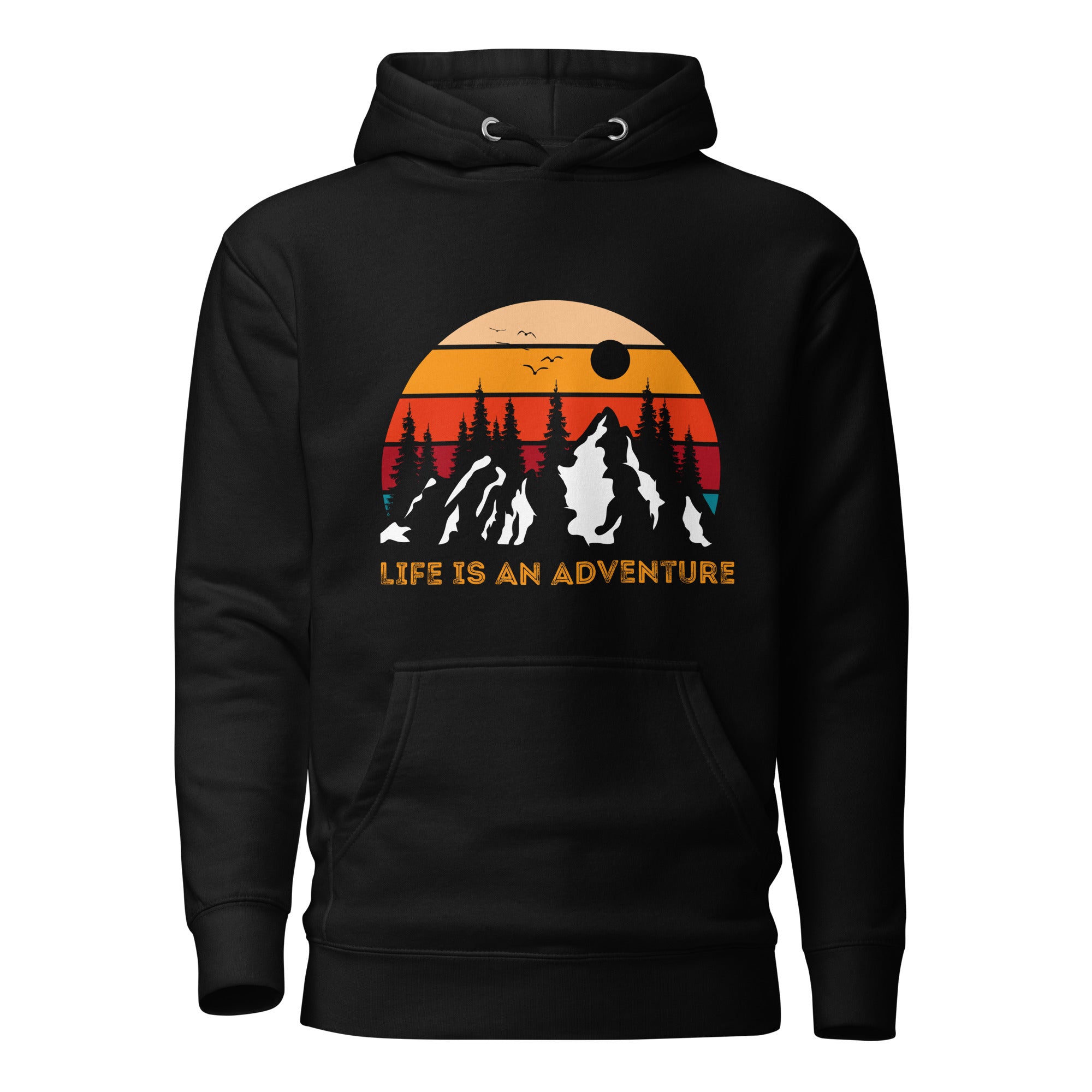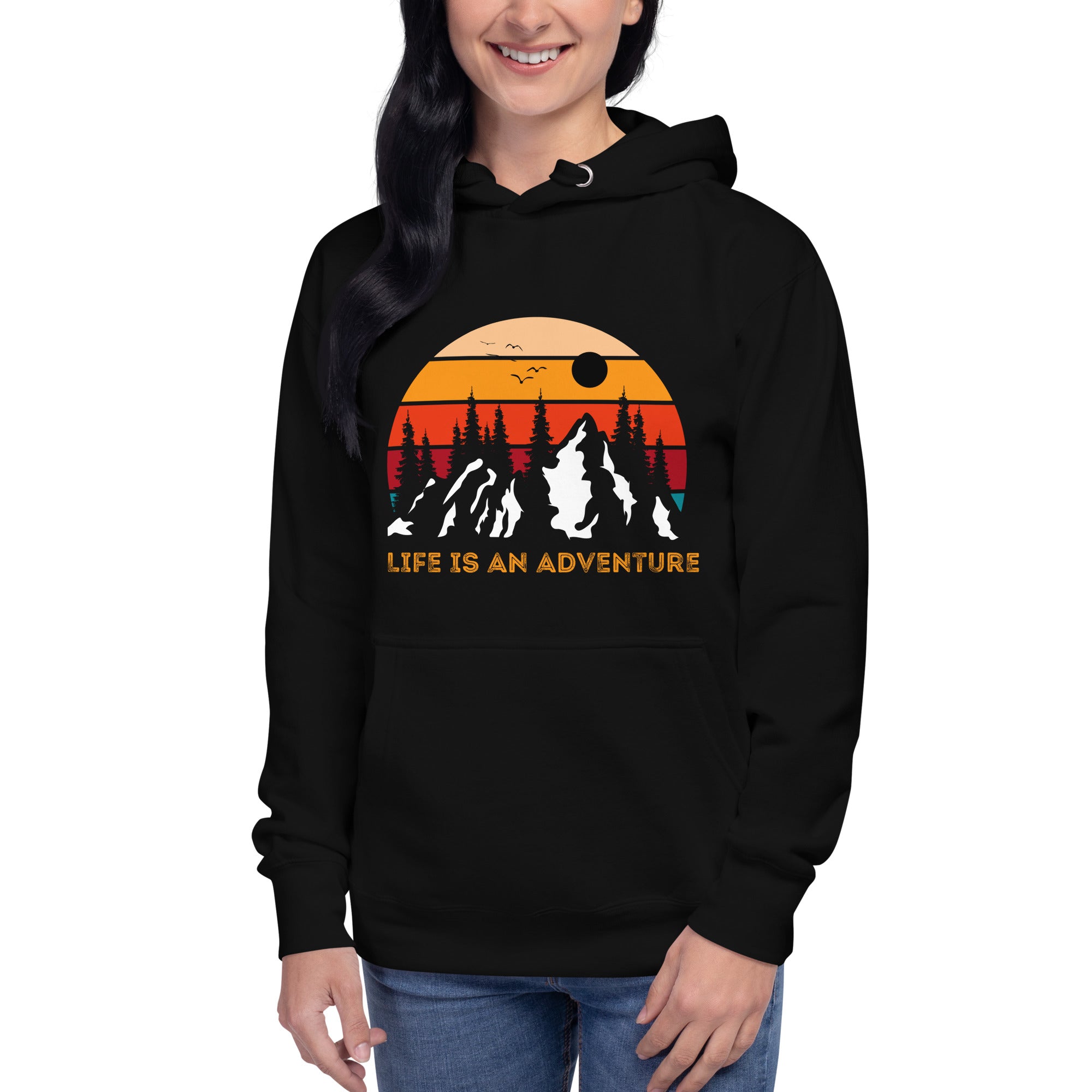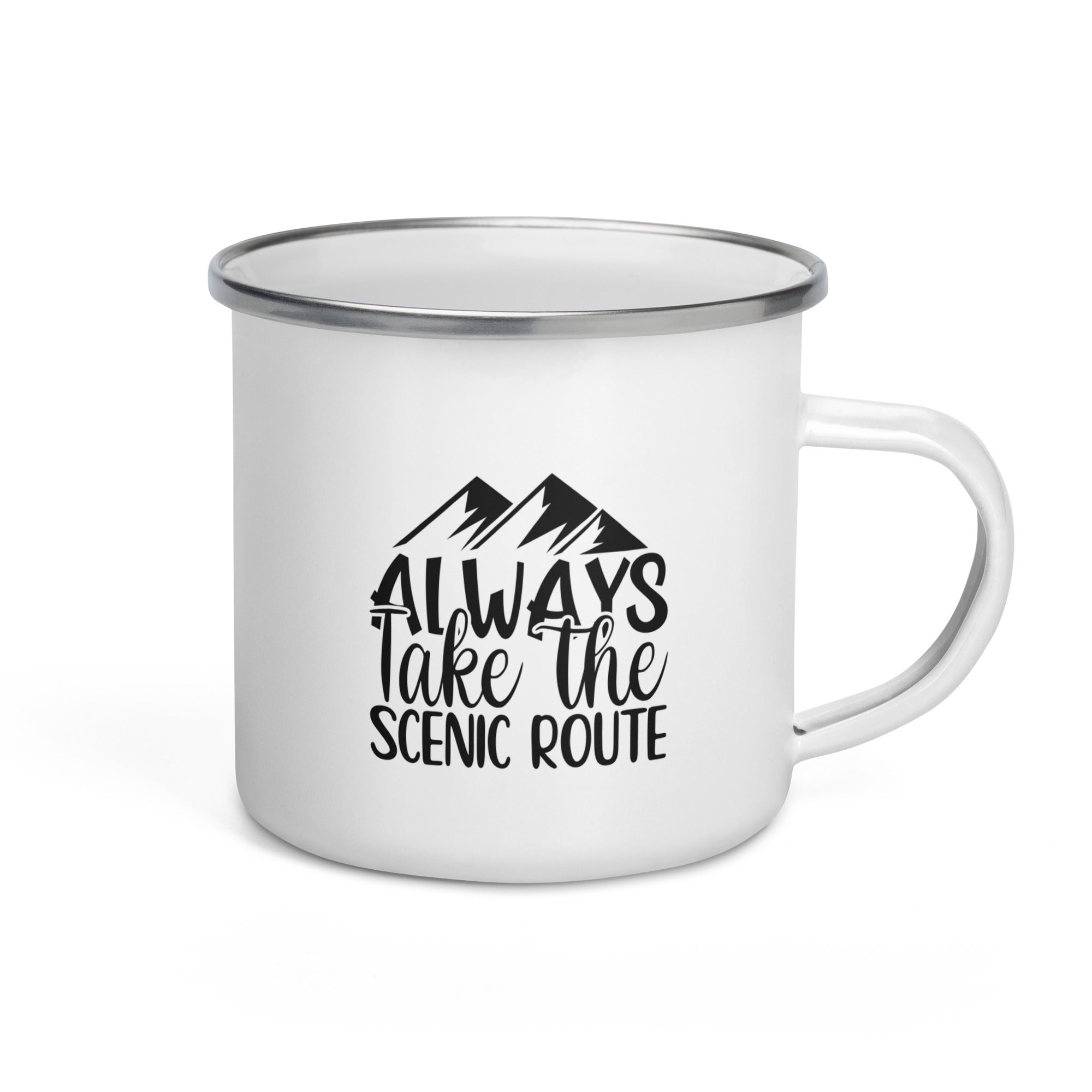Welcome to the majestic wonderland that is Yellowstone National Park - America's very first national park! Nestled in the heart of Wyoming, Montana, and Idaho, this extraordinary natural treasure spans an astounding 2.2 million acres of pristine wilderness. With its bubbling geysers, mystical hot springs, towering waterfalls, and abundant wildlife, Yellowstone truly offers a one-of-a-kind experience that will leave you in awe.
Imagine walking alongside the iconic Old Faithful, witnessing its powerful eruption as it shoots boiling water high into the air. Picture yourself exploring the vibrant colors of the Grand Prismatic Spring, a mesmerizing sight that must be seen to be believed. With over 10,000 hydrothermal features, including the famous Norris Geyser Basin and Mammoth Hot Springs, Yellowstone is a geothermal wonderland like no other.
But it's not just the geothermal wonders that make Yellowstone so extraordinary. The park is home to a diverse array of wildlife, including wolves, bears, moose, and herds of majestic bison and elk. Wildlife enthusiasts will be thrilled by the unique opportunity to observe these incredible creatures in their natural habitat.
Whether you're an outdoor enthusiast, a nature lover, or just someone seeking a break from the hustle and bustle of everyday life, Yellowstone National Park offers something for everyone. So pack your bags and get ready to embark on an unforgettable adventure in this unparalleled natural wonder.
1. History of Yellowstone National Park
Yellowstone National Park has a rich history dating back to March 1, 1872, when it was established as the first national park in the United States. The park was created to preserve and protect the unique geological and natural features found within its boundaries. It was also an important step in the conservation movement, setting a precedent for the protection of other natural areas.
2. Geology and Geothermal Features
The geology of Yellowstone National Park is truly remarkable. The park sits atop one of the world's largest active volcanic systems, which is responsible for the park's geothermal features. Yellowstone is home to more than half of the world's geysers, with Old Faithful being the most famous among them. These geysers, along with the park's hot springs, mud pots, and fumaroles, are a result of the intense heat and pressure beneath the Earth's surface.
The colors found in Yellowstone's geothermal features are a sight to behold. The Grand Prismatic Spring, located in the Midway Geyser Basin, is the largest hot spring in the United States and the third largest in the world. Its vibrant hues of blue, green, and orange are a result of the different types of bacteria that thrive in the hot water. The Norris Geyser Basin and Mammoth Hot Springs are also must-see attractions, each offering their own unique geological wonders.
3. Demystifying the Immensity: How Big is Yellowstone National Park?
Welcome to the majestic wonderland that is Yellowstone National Park - America's very first national park! Nestled in the heart of Wyoming, Montana, and Idaho, this extraordinary natural treasure spans an astounding 2.2 million acres of pristine wilderness. With its bubbling geysers, mystical hot springs, towering waterfalls, and abundant wildlife, Yellowstone truly offers a one-of-a-kind experience that will leave you in awe.
Imagine walking alongside the iconic Old Faithful, witnessing its powerful eruption as it shoots boiling water high into the air. Picture yourself exploring the vibrant colors of the Grand Prismatic Spring, a mesmerizing sight that must be seen to be believed. With over 10,000 hydrothermal features, including the famous Norris Geyser Basin and Mammoth Hot Springs, Yellowstone is a geothermal wonderland like no other.
But it's not just the geothermal wonders that make Yellowstone so extraordinary. The park is home to a diverse array of wildlife, including wolves, bears, moose, and herds of majestic bison and elk. Wildlife enthusiasts will be thrilled by the unique opportunity to observe these incredible creatures in their natural habitat.
Whether you're an outdoor enthusiast, a nature lover, or just someone seeking a break from the hustle and bustle of everyday life, Yellowstone National Park offers something for everyone. So pack your bags and get ready to embark on an unforgettable adventure in this unparalleled natural wonder.
4. Wildlife in Yellowstone National Park
Yellowstone National Park is a haven for wildlife. The park is home to the largest concentration of mammals in the contiguous United States, including iconic species such as wolves, grizzly bears, black bears, moose, and elk. Bison, often referred to as the park's emblematic species, can be seen roaming freely across the landscape.
For wildlife enthusiasts, Yellowstone offers an unparalleled opportunity to observe these magnificent creatures in their natural habitat. The Lamar Valley, known as the "Serengeti of North America," is a prime location for spotting wildlife. It is not uncommon to see herds of bison, pronghorn antelope, and elk grazing in the valley, while wolves and bears can also be spotted in the distance.
5. Popular Attractions and Landmarks
In addition to its geothermal features and wildlife, Yellowstone National Park is home to many popular attractions and landmarks. The iconic Old Faithful, known for its regular and predictable eruptions, is a must-see for visitors. The eruption of Old Faithful can reach heights of up to 180 feet, making it a truly awe-inspiring sight.
The Grand Canyon of the Yellowstone is another must-visit attraction. Carved by the Yellowstone River, the canyon features stunning waterfalls, including the Lower Falls, which is twice as high as Niagara Falls. Visitors can enjoy breathtaking views of the canyon from various lookout points and hiking trails.
6. Outdoor Activities and Recreation
Yellowstone National Park offers a plethora of outdoor activities and recreational opportunities for visitors of all ages. Hiking is a popular activity, with over 900 miles of trails that lead to breathtaking vistas, pristine lakes, and secluded meadows. Fishing is also a favorite pastime, with the park's rivers and lakes teeming with trout.
For those seeking a more adventurous experience, kayaking and rafting on the Yellowstone River provide an adrenaline rush like no other. Wildlife photography workshops and guided tours are available for those looking to capture the park's natural beauty through their camera lens.
7. Camping and Accommodations in Yellowstone
Camping in Yellowstone National Park is a unique experience that allows visitors to immerse themselves in nature. The park offers a variety of campgrounds, ranging from rustic tent sites to RV-friendly facilities. However, due to the park's popularity, it is advisable to make reservations well in advance.
For those who prefer more comfortable accommodations, Yellowstone offers a range of options, including lodges, cabins, and hotels. The Old Faithful Inn, with its rustic charm and prime location near the geyser, is a popular choice among visitors.
8. Planning Your Visit to Yellowstone National Park
When planning your visit to Yellowstone National Park, it's important to consider the time of year and the weather conditions. The park is open year-round, but access to certain areas may be limited during the winter months. Spring and fall offer milder temperatures and smaller crowds, while summer is the peak tourist season.
To make the most of your visit, it's recommended to spend at least two to three days exploring the park. Be sure to check the park's website for any updates on road closures or other important information before your trip.
9. Tips for Exploring Yellowstone National Park
Here are a few tips to help you make the most of your visit to Yellowstone National Park:
9.1. Pack appropriately:
Be prepared for changing weather conditions, as temperatures can vary greatly throughout the day. Layered clothing and sturdy footwear are essential.
9.2. Stay on designated trails:
It's important to stay on designated trails and boardwalks to protect the fragile ecosystem and ensure your safety.
9.3. Observe wildlife from a safe distance:
Yellowstone's wildlife is wild and should be respected. Keep a safe distance and never approach or feed the animals.
9.4. Carry bear spray:
If you plan on hiking or camping in bear country, carrying bear spray is highly recommended. Familiarize yourself with how to use it before your trip.
9.5. Leave no trace:
Practice Leave No Trace principles by properly disposing of trash, respecting wildlife and vegetation, and leaving the park as you found it.
9.6. Plan Your Visit
Before setting off on your Yellowstone adventure, it's essential to plan your visit to make the most of your time in the park. Start by deciding when to visit. Yellowstone is open year-round, but each season offers a different experience. Spring and fall are ideal for avoiding crowds, while summer is the peak tourist season. Winter brings a unique charm, with opportunities for snowshoeing and cross-country skiing.
Next, determine the duration of your stay. Yellowstone is vast, so a week-long trip would be ideal to explore the park thoroughly. However, if you have limited time, prioritize the must-see attractions and plan accordingly. Be sure to check the park's official website for any closures, road conditions, or safety advisories before your visit.
9.7. The Geothermal Wonders
Yellowstone's geothermal features are undoubtedly one of its biggest draws. To make the most of your visit, start by heading to the iconic Old Faithful. This famous geyser erupts approximately every 90 minutes, shooting boiling water up to 180 feet into the air. It's a sight you won't want to miss!


After marveling at Old Faithful, venture to the nearby Upper Geyser Basin, home to the largest concentration of geysers in the park. Take a leisurely walk along the boardwalks and witness the spectacular eruptions of other geysers, like the Beehive and Castle geysers.
Another must-visit area is the Norris Geyser Basin, known for its vibrant and ever-changing landscape. Explore the steam vents, hot springs, and geysers, and be sure to visit the world's tallest active geyser, Steamboat Geyser, if you're lucky enough to witness one of its rare eruptions.
9.8. Wildlife Watching
Yellowstone is a wildlife enthusiast's paradise, offering abundant opportunities to observe a wide range of animals in their natural habitat. The park is home to the largest free-roaming herd of bison in the United States, with over 4,000 of these magnificent creatures roaming the grasslands. Be sure to keep a safe distance and use binoculars or a telephoto lens to capture their beauty.
Another iconic Yellowstone resident is the grizzly bear. While spotting one of these elusive creatures is a rare privilege, the park's Lamar Valley is known as the "American Serengeti" due to its high concentration of wildlife. Wake up early and head to the valley to increase your chances of spotting bears, wolves, elk, and other animals.
If you're a bird lover, Yellowstone won't disappoint. The park is a birdwatcher's paradise, with over 300 species of birds calling it home. Keep an eye out for majestic bald eagles, ospreys, and colorful songbirds as you explore the park's diverse ecosystems.
10. Conclusion
Yellowstone National Park truly is a natural wonder that offers a unique and unforgettable experience for visitors. From its geothermal features and wildlife to its iconic landmarks and outdoor activities, the park has something for everyone. Whether you're a nature enthusiast, an adventure seeker, or simply looking for a peaceful retreat, Yellowstone will leave you in awe of its beauty and grandeur. So pack your bags, embrace the spirit of adventure, and discover the wonders of America's first national park.

